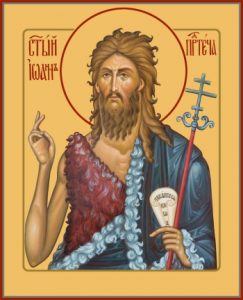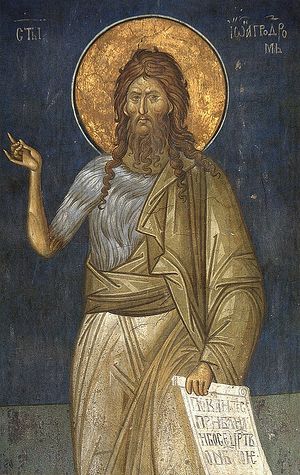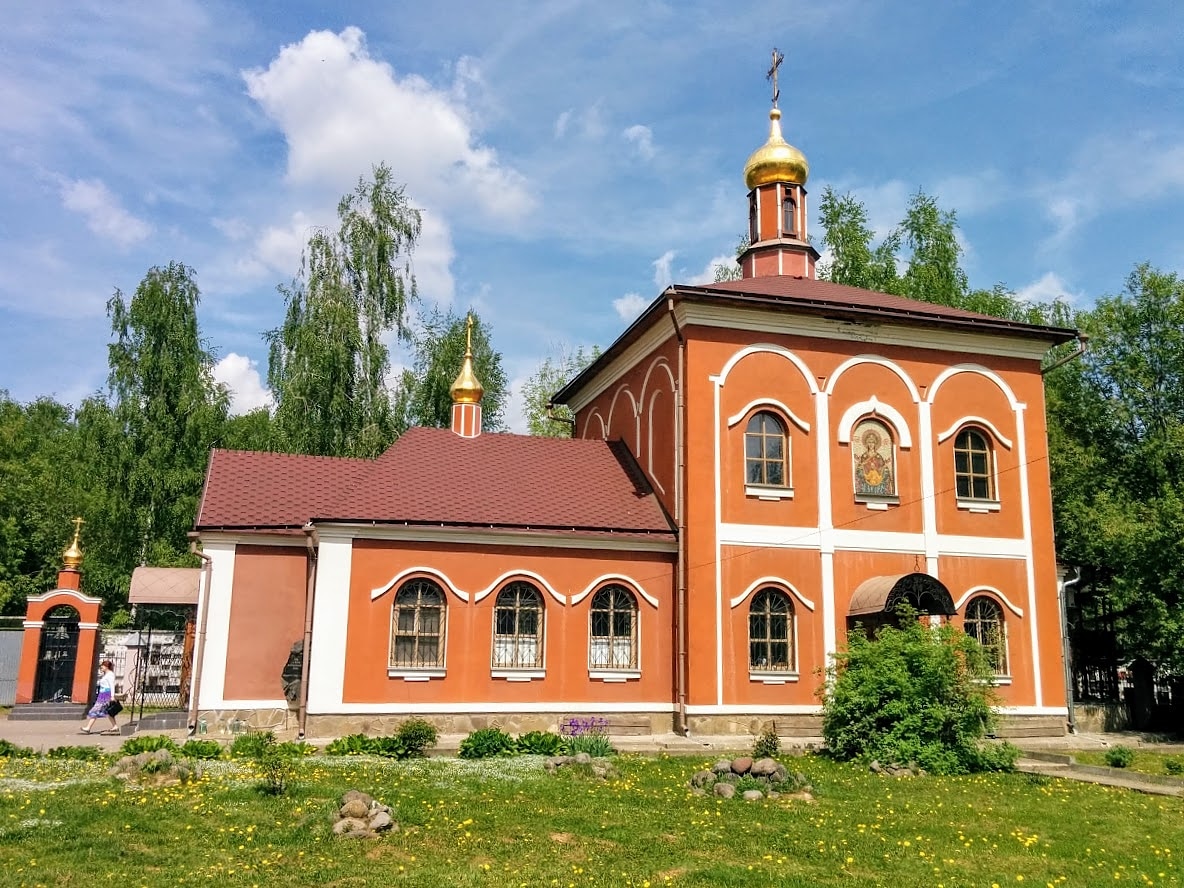Chapel of the Prophet, Forerunner and Baptist John at Vostryakovskoye Cemetery

The chapel of the Prophet, Forerunner and Baptist John at the Vostryakovskoye cemetery was built in memory of John, the closest predecessor of Jesus Christ, who predicted the coming of the Messiah. He lived in the desert as an ascetic, preached and performed sacred ablutions for purification from sins and penance, which later became known as the “sacrament of baptism.”
The Prophet John the Baptist holds a special place among the saints, second only to the Most Holy Theotokos. Seven church holidays have been established in his honour. John the Baptist was the son of priest Zachariah, descended from the family of Aaron, and the righteous Elizabeth, descended from the family of King David. His parents lived in a mountainous country near Hebron. John was a relative of the Lord Jesus Christ and was born six months before Him. His birth was predicted by the Archangel Gabriel, who announced to Zachariah the future birth of a son, despite the advanced age of the spouses. By God`s providence, the infant John escaped death during the massacre of infants in Bethlehem. He grew up in the desert, leading a strict ascetic life of fasting and prayer. His clothes were made of camel hair, belted with a leather belt, and his food was locusts and wild honey. When he reached the age of thirty, he was called by God to serve and began to preach repentance on the banks of the Jordan River. John the Baptist called on the people to purify themselves spiritually and prepare for the coming of the Messiah. His baptism with water symbolized repentance, but it did not have the grace-giving power of Christian Baptism. He was compared to the morning star, heralding the rising of the spiritual Sun, Christ. The Lord Himself came to him to be baptized. At that moment, the Holy Spirit descended on Jesus in the form of a dove, and the voice of God the Father rang out: “This is my beloved Son…” After that, the prophet John continued his ministry, fearlessly denouncing sins. He was not afraid to tell the truth even to the rulers, for which he was persecuted. King Herod Antipas imprisoned him because John had denounced him for his lawless relationship with Herodias, the ex-wife of his brother Philip. On his birthday, Herod held a feast, during which Herodias`s daughter, Salome, performed a dance that pleased the king. In a fit of ecstasy, he vowed to fulfill her every wish. On her mother`s instructions, she demanded the head of John the Baptist. Despite his doubts, Herod fulfilled his promise. The severed head of the saint was brought to Salome on a platter and given to Herodias, who abused her. The prophet`s disciples buried his body in the city of Sebaste. Years later, Herod was punished for his evil deed. His army was defeated by the Arabian king Aretha, and soon Herod himself was exiled by the Roman Emperor Caligula. According to legend, the evangelist Luke transferred part of the relics of the prophet – his right hand – from Sebaste to Antioch. In 959, after the capture of Antioch by the Muslims, the shrine was moved to Constantinople, where it was kept until the fall of the city. Later, John the Baptist`s right hand was moved to St. Petersburg, to the Church of the Holy Savior in the Winter Palace.
Address: Moscow, Ozernaya St., vl. 47

